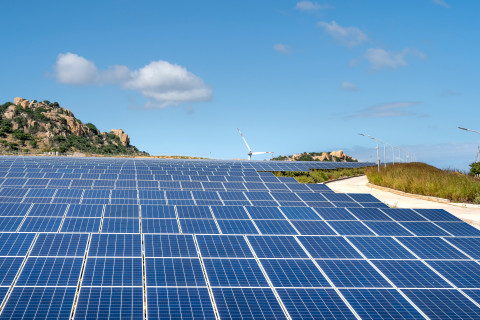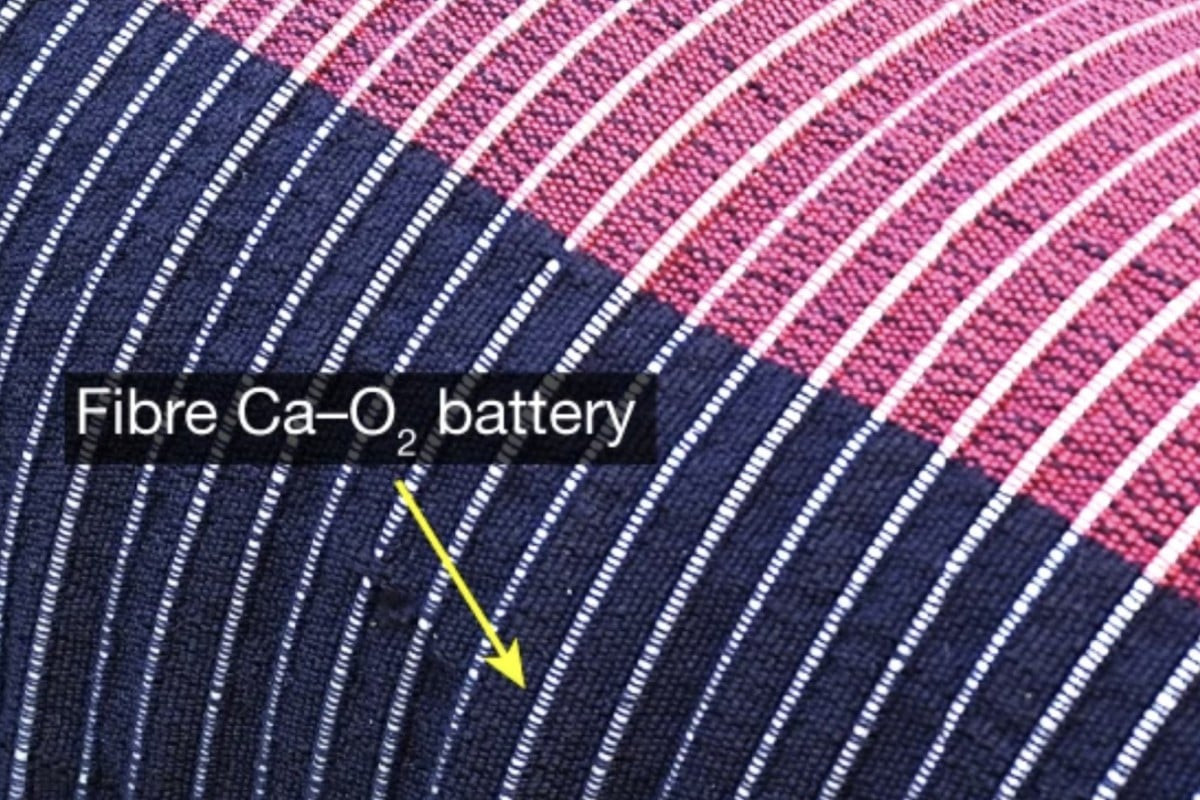Scientists demonstrate two new battery chemistries: water and calcium
Scientific teams working in Australia and China have demonstrated two new battery chemistries that could supplant lithium-ion batteries in the coming years, thus overcoming the possibility of a lithium shock to the global economy.
A global team led by researchers at the Royal Melbourne Institute of Technology (RMIT University), Australia, said they had invented recyclable 'water batteries', whose main advantage was safety: they won't catch fire or explode. These batteries are suitable for large-scale applications, making them ideal for grid storage and renewable energy integration.
The team has so far prototyped the batteries in coin-cell-type devices, commonly found in small clocks, battery packs used in old Nokia-style mobile phones, and AA-style cylinder batteries. During battery testing, these batteries have achieved more than 500 charge cycles, and have been found to maintain 80 percent of their capacity after 700 cycles.
Separately, a group of Chinese scientists from Fudan University announced they had developed a calcium-based battery that could offer a cheaper and more sustainable alternative to lithium technology. The battery is flexible, lending its usage in wearables and other smart textiles, and is capable of handling around 700 recharging cycles at room temperature, the team said.
The world's lithium reserves are estimated at around 100 million tonnes (link source). A majority of which are in Australia and Chile. By contrast, calcium is 2,500 times more abundant, forming 3 percent of the earth's crust and ranking as the third most common metal, behind aluminum and iron.
Both teams need to do advanced work if their chemistries are to take over from lithium: li-ion batteries can last 3,000 charging cycles.
Water batteries in Australia
In Australia, lead researcher Tianyi Ma, Distinguished Professor at RMIT's School of Science told reporters: "What we design, and manufacture are called aqueous metal-ion batteries – or we can call them water batteries."
"It's pure water. It's the daily water we drink, but we do add additives to the water like inorganic salts," Ma added.
The team uses water to replace organic electrolytes, which enable the flow of electric current between the positive and negative terminals. This prevents the batteries from igniting or exploding, unlike the prevalent lithium-ion batteries.
Currently, lithium-ion batteries dominate the global battery market due to their technological maturity, however, their suitability for large-scale grid energy storage has been restricted by safety concerns due to the volatile nature of the materials inside.
Ma said their water battery operated at levels comparable to current lead-acid batteries but could be easily recycled without either the threat of chemical pollution or the need for specially equipped disposal facilities.
"Our batteries can be safely disassembled, and the materials can be reused or recycled," Ma told reporters. "We can recycle it right here – in open air, we don't need to avoid water, avoid moisture in the atmosphere as with lithium-ion batteries," he added.
He added that the manufacturing process was simple, making mass production feasible. "We use materials such as magnesium and zinc that are abundant in nature, inexpensive, and less toxic than alternatives," Ma said.
They are also cheaper to manufacture. Ma estimated that since water batteries do not require complex manufacturing processes and the materials cost less, they could be produced for a third of the price of lithium-ion batteries.
Ma's team has built small-scale trial batteries for numerous peer-reviewed studies, mostly tackling the technological challenges of increased energy storage capacity and longer lifespan.
In their latest work, published in Advanced Materials, the scientists note they triumphed over disruptive dendrites. These are spiky metallic formations that can lead to short circuits and other serious faults and pose a major challenge to batteries. The team disclosed that they coated the affected battery parts with a metal called Bismuth and its oxide (otherwise known as rust) as a protective layer to prevent dendrite formation.
Thanks to this, the team said, "Our batteries now last significantly longer – [are] comparable to the commercial lithium-ion batteries in the market – making them ideal for high-speed and intensive use in real-world applications.
"With impressive capacity and extended lifespan, we've not only advanced battery technology but also successfully integrated our design with solar panels, showcasing efficient and stable renewable energy storage."
The team's water battery is closing the gap with lithium-ion technology in terms of energy density.
"We recently made a magnesium-ion water battery that has an energy density of 75 watt-hours per kilogram (Wh kg-1) – up to 30 percent that of the latest Tesla car batteries," the team stated in research published in Small Structures. "The next step is to increase the energy density of our water batteries by developing new nanomaterials as the electrode materials."
Ma said magnesium was likely to be the material of choice for future water batteries. "Magnesium-ion water batteries have the potential to replace lead-acid battery in the short term – like one to three years – and to replace potentially lithium-ion battery in the long term, five to 10 years from now," he said.
"Magnesium is lighter than the alternative metals, including zinc and nickel, has a greater potential energy density, and will enable batteries with faster charging times and better capability to support power-hungry devices and applications," Ma added.
Calcium batteries in China
The calcium-oxygen battery is stable in air and can be made into flexible fibres to produce next-generation wearable systems, according to the scientists behind the feat. Photo: Fudan University
The Chinese scientists say their rechargeable calcium-based battery offers a cheaper and more sustainable alternative to lithium technology.
"Such new batteries present prospective applications in portable and wearable electronic devices among others in the foreseeable future," they note, after boasting of their affordability over li-ion batteries: "Cathode materials for our calcium-oxygen batteries come from carbon, which do not contain more expensive metals such as nickel, cobalt, and manganese, commonly used in lithium-ion batteries. And therefore, calcium-oxygen batteries will have the advantage of low cost," they said.
Explaining their research, published in the magazine Nature, they write: "Our battery relies on a highly reversible two-electron redox to form chemically reactive calcium peroxide (CaO2) as the discharge product. Using a durable ionic liquid-based electrolyte, this two-electron reaction is enabled by the facilitated Ca plating–stripping in the Ca metal anode at room temperature and improved CaO2/ O2 redox in the air cathode."
They further add: "We show the proposed Ca–O2 battery is stable in air and can be made into flexible fibres that are weaved into textile batteries for next-generation wearable systems."
The flexible textile battery is also capable of powering a smartphone and was able to stay stable for at least 700 charging cycles at room temperature, which the researchers say was the first time calcium-based technology had achieved the milestone.
"[The battery could turn] calcium chemistry into a promising, sustainable energy-storage technology," the team concluded.




















